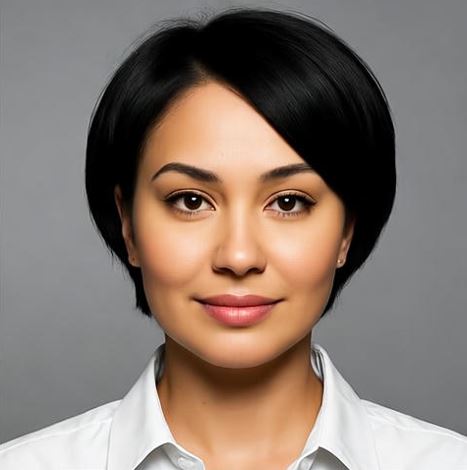Austria without a vote: For the first time, no cardinal in the 2025 papal election!
In May 2023, a new pope will be elected without Austrian cardinals for the first time since 1958. A historical review of the conclave and electoral procedures.
Austria without a vote: For the first time, no cardinal in the 2025 papal election!
In May 2023, the Roman Catholic Church will elect a new pope - the first time since 1958 without the participation of an Austrian cardinal. This historical situation is caused by the de facto withdrawal of Christoph Schönborn, the Archbishop of Vienna, who celebrated his 80th birthday at the beginning of 2023 and is therefore no longer eligible to vote. Schönborn was already active in the last papal elections in 2005 and 2013 and was one of the favorites in the years in which he was still allowed to take part. At that time he was a defining figure in the papal election and was the focus of the international media for a long time. oe24 reports on the influence of Austrian cardinals on electoral history, which goes back to the election of John Paul II in 1978.
Austria has played a significant role in papal elections in the past since Viennese archbishops of the Catholic Church have continuously held the cardinalate. In recent elections, such as that of Benedict XVI. In 2005, Schönborn was among the cardinals eligible to vote, but voters did not want another long pontificate and chose Joseph Ratzinger. This shows that the balance of power between the cardinals can be decisive for the outcome of an election.
The role of the cardinals in the conclave
In order to elect the pope, the cardinal electors must follow a variety of rules and regulations. These rules are laid down in the Apostolic Constitution Universi Dominici Gregis, which has regulated electoral procedures since 1996. During the conclave, the cardinals must stay in the Sistine Chapel, which will be hermetically sealed to avoid external influences. Communication via cell phones, internet or media is strictly prohibited to ensure the secrecy of the election. Before the first round of voting, a service entitled “Pro eligendo Papa” takes place in St. Peter's Basilica before the cardinals are sworn into the election process. Vivat highlights the strict security and secrecy measures during the process.
The election process takes place in several phases, starting with an initial vote. A quick result can be achieved with a two-thirds majority of votes. When a candidate is elected, white smoke signals the election of a new pope, while black smoke indicates an inconclusive election. The new pope takes a new name and is recognized by the cardinals who elected him.
Historical changes and effects
The tradition of electing a pope has changed greatly over the centuries, from the influence of secular rulers to the strict regulations that shape the election process today. Of particular note are the reforms following the governments of Nicholas II and Gregory These practices were declared valid and form the basis for today's papal election in the conclave. Wikipedia reports on these developments and the all-encompassing structure that frames the process.
The absence of an Austrian cardinal is not only a sign of social changes within the Catholic Church, but also a reference to the complex history in which Austria long played an important role in the world church state. The last time such an electoral situation occurred was in 1846, when only one Austrian cardinal was absent during the conclave, while almost the entire electorate was made up of Italians. The election in May 2023 therefore not only represents a new beginning, but also a reflection on the previous influences and traditions within the Catholic Church.

 Suche
Suche
 Mein Konto
Mein Konto
